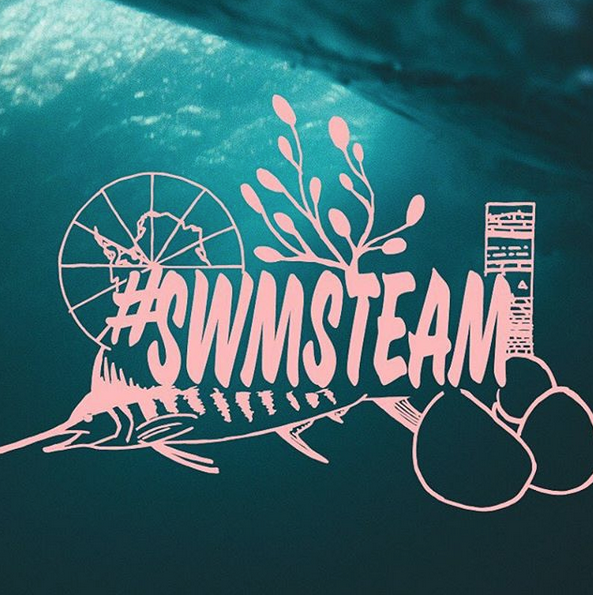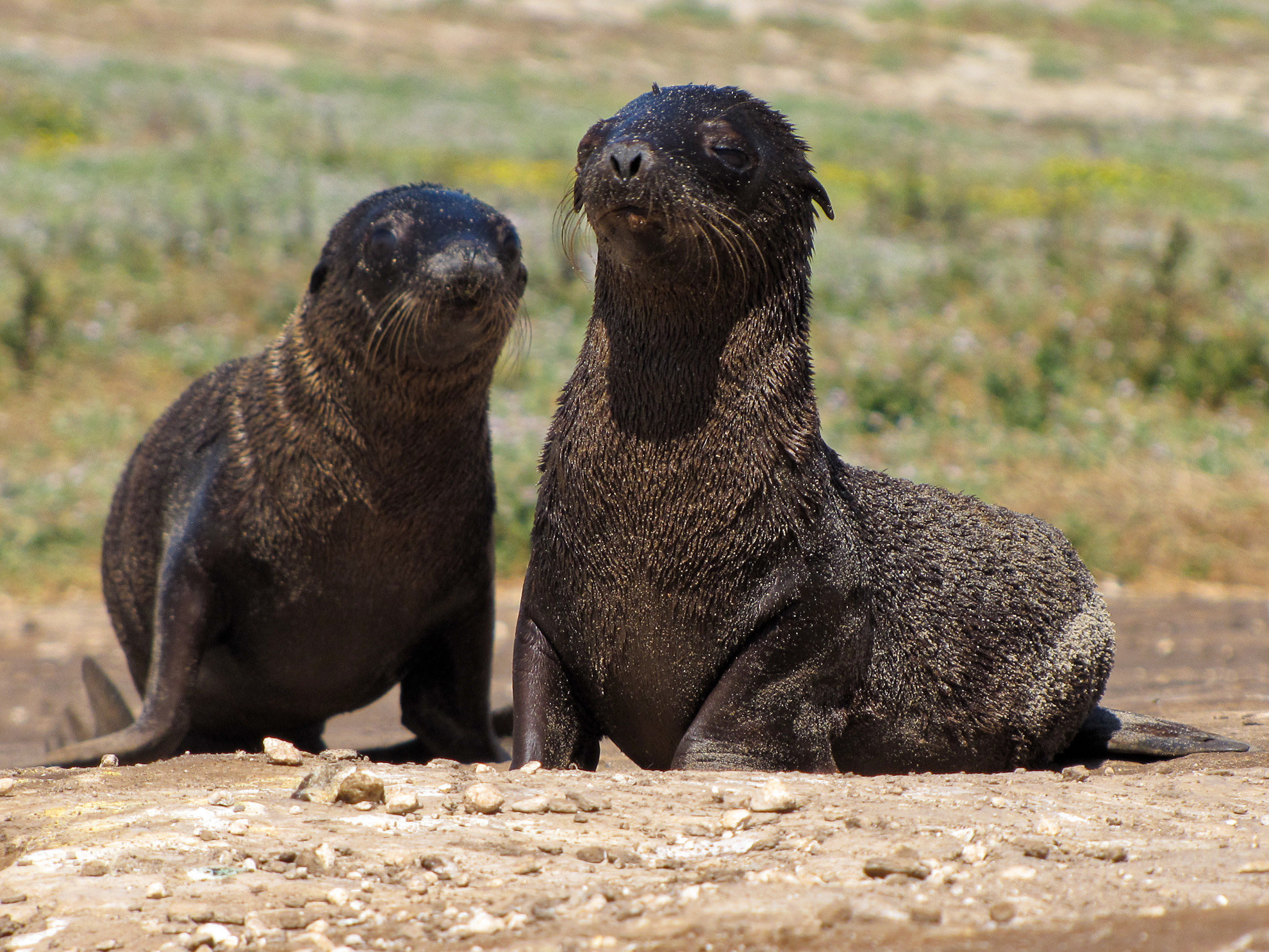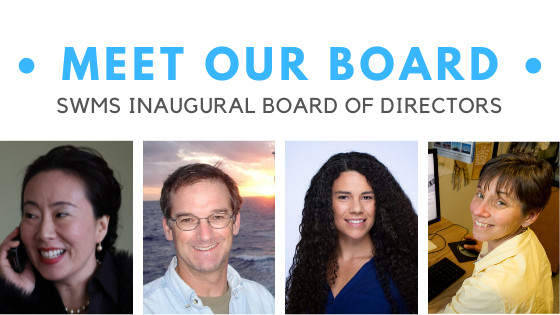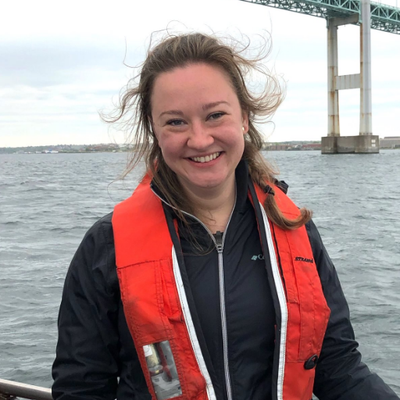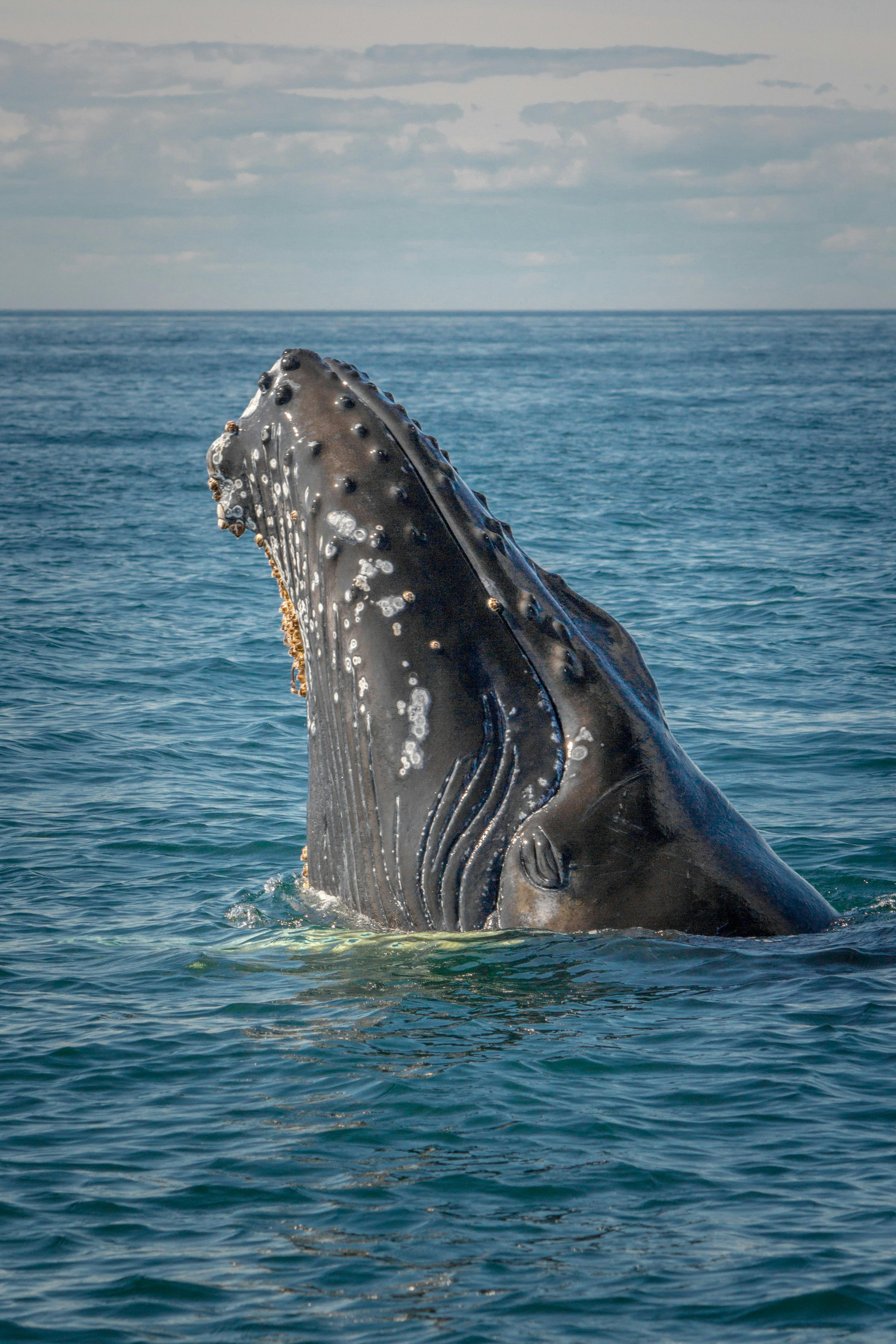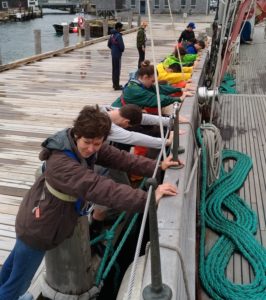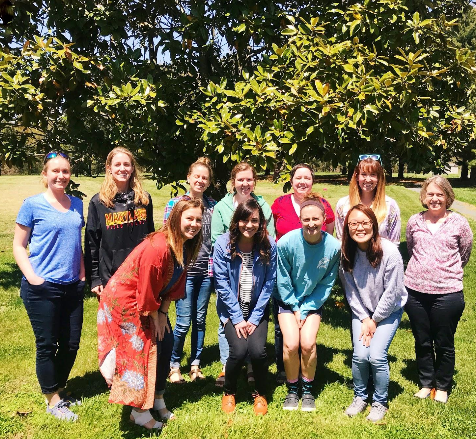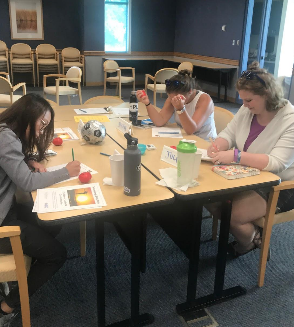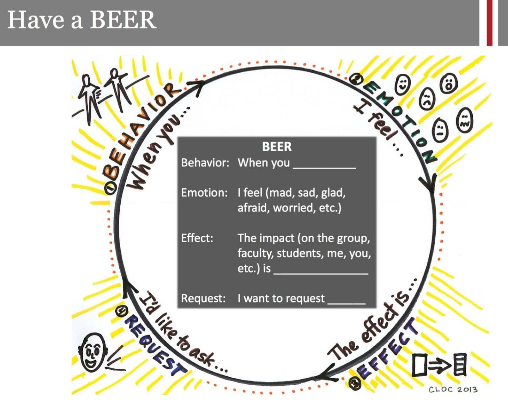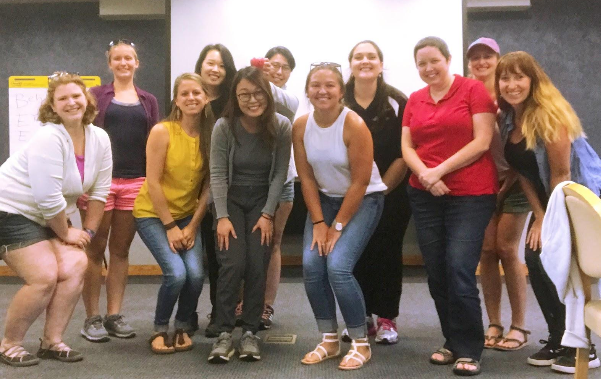This is the first part in a series of reflections from the Society for Women in Marine Science (SWMS) 2020 Steering Committee (SC) to increase the transparency of our internal discussions with our members and to interrogate how SWMS can ensure that anti-racist values are core to our newly-formed non-profit organization. We encourage feedback from SWMS members, advisors, and the marine science community on the ideas presented here and topics for future reflections. Feedback can be submitted as named or anonymous using this Google Doc, an email to swms.general.contact@gmail.com, a message on the SWMS Slack (#feedback-and-development channel), or a message to any SC member.
Part I: The HERstory of SWMS and Current Growth
The Society for Women in Marine Science (SWMS) was founded by a diverse group of early-career women from male-dominated and predominantly white institutions (PWIs). Read more about the founders in this blog post. The founders each held a variety of individual identities that coalesced around the shared identity of being a woman in marine science. The creation of SWMS was motivated by the need for a network and formal resource platform for women in marine science. We would like to acknowledge our founders and their roles at the time SWMS was founded: Dr. Alexis Yelton, a postdoc at the Massachusetts Institute of Technology (MIT); Dr. Katya Moniz, a graduate student at MIT; Dr. Bethanie Edwards, a graduate student in the MIT-Woods Hole Oceanographic Institute (WHOI) Joint Program; and Dr. Sophie Chu, a graduate student in the MIT-WHOI Joint Program. These four women originally formed SWMS to organize a symposium for women in science, with the possibility of creating a network to help increase retention of women in academia. In 2014, they ran the first SWMS Symposium as a day-long event at WHOI. The event was primarily supported by funding from the broader impacts section of Dr. Alexis Yelton’s NSF Postdoctoral Fellowship. Since then, SWMS Symposia continue to be flagship events for the organization with one (and sometimes two) each year! As of December 2020 with the virtual SWMS Symposium organized by the University of Rhode Island (URI) SWMS Chapter, we will have held eight different SWMS Symposia reaching hundreds of attendees, supported by many university and corporate sponsors.
SWMS continues to grow in ways previously unimagined. In 2018, SWMS leadership was formalized through a Steering Committee of graduate students from MIT-WHOI and URI. The majority of the 2018-2020 SWMS Steering Committee is white-presenting cis women who are based at PWIs, which limits the breadth of perspectives and voices represented in and by SWMS. Additionally, we recognize that not all identities are evident from appearance, so we’ve shared our individual identities and journeys in marine science in some previous SWMS newsletters and blog posts. This Spring 2021, we will hold the first elections for the Steering Committee. We hope that these elections will be an opportunity to diversify and expand the representation of leaders on the Steering Committee.
SWMS has attained legal standing as a non-profit organization with a Board of Directors using donations from a successful GoFundMe campaign. SWMS now runs with a modest budget, with currently a little over US$3,000 in the bank. To date, we have established over 20 SWMS Chapters around the globe, gained over 1800 individuals on our email list, drafted a research manuscript examining symposia surveys, and held events at international ocean conferences. In addition to these quantifiable accomplishments, we are especially encouraged by feedback from members that they found a new and positive sense of community within marine science through SWMS.
We recognize that our values and actions can mobilize our community in many ways, running the risk of upholding elements of the status quo, including white supremacy, anti-blackness, and colonialism. Instead, we commit to strive for justice in ways that center all marginalized groups within marine science. We are actively interrogating who has power, whose voice is being heard, and how we are all using the SWMS platform.
Similar to its start, SWMS has continued to be a grassroots organization that relies on volunteer leaders to run the group through the Steering Committee, Symposium Planning Committees, and Chapter Leads. SWMS leaders are graduate students and early-career professionals within five years of obtaining their last degree, which is central to our goal of providing leadership and career development opportunities to women to improve retention and success in marine science fields. As we become more formalized, we want to maintain the grassroots aspect in a way that advances intersectional feminism in marine science and promotes leadership by a large and diverse network of early-career marine scientists. With the growth of SWMS from 2014 to 2020, our sphere of influence is increasing, with a platform both within the US and internationally. Steering Committee leaders speak several times a year on international panels at scientific conferences and virtually. SWMS Chapters include high school focused groups like the chapter within Black Girls Dive Foundation, university-affiliated groups, regional chapters on the East and West coasts of the U.S., and international chapters in Brazil and Nigeria. SWMS Chapters are increasingly receiving funding and recognition for their community and scientific work with a growing number of SWMS events. SWMS is active on social media through Twitter, Facebook, and Instagram and has a community Slack channel. We recognize that our values and actions can mobilize our community in many ways, running the risk of upholding elements of the status quo, including white supremacy, anti-blackness, and colonialism. Instead, we commit to strive for justice in ways that center all marginalized groups within marine science. We are actively interrogating who has power, whose voice is being heard, and how we are all using the SWMS platform.
We’re grateful for the trust and continued engagement from the marine science community, and we recognize that the exciting development of SWMS has pointed out unexpected challenges and shortcomings along the way. Particularly, we have aspects of diversity, inclusion, and intersectionality within SWMS which we can improve upon and build up. We want to ensure that the current underlying principles and values of SWMS are clear to our members. Also, we wish to listen to our members about what principles and values are important to them and how SWMS can better support those. We find this particularly important to establish prior to the 2021 Steering Committee elections, and we look forward to new leaders bringing fresh perspectives and voices to SWMS through these leadership positions.
Current areas of SWMS which we are reflecting upon, considering action steps, and seeking feedback include:
Governance and transparency:
We are evaluating the creation of “SWMS Guiding Principles” to clarify SWMS principles for Chapters and members, who are the real-time agents of action and representatives of SWMS. We seek input about conducting the 2021 Steering Committee elections and how to best recruit future SWMS leaders from diverse backgrounds. We likewise believe it is vital to increase the transparency of Steering Committee discussions and decisions.
Membership:
We are working to define what it means to be a SWMS member. We also are focused on how to ensure SWMS members are represented in leadership and decision-making. This requires us to learn how to gather data on membership demographics. As we recruit members, we want to make sure that SWMS is an organization that actively supports leadership by diverse early-career marine scientists and whose members come from diverse backgrounds.
Events:
An important goal is to increase the participation of diverse speakers and attendees at SWMS Symposia Chapter events and within local chapters. We are seeking input on best practices to support Chapter-led SWMS symposia and events.
Organization name and mission statement:
We are reflecting on how the name “Society for Women in Marine Science” relates to inclusion, particularly in regards to who feels comfortable being a member and welcomed within the group. We are also evaluating the SWMS mission statement, and how it relates to the inclusion of historically marginalized groups within marine science.
These areas all are important, and we expect to gather even more topics to interrogate from your feedback. These require lengthy discussion and thought, so they will be covered in-depth in a series of reflections released over the coming months. We hope that anyone from across the marine science community will engage in this conversation with us — that you will comment on how SWMS can better uphold the values of inclusion and support for our members’ intersectional identities.
Signed,
